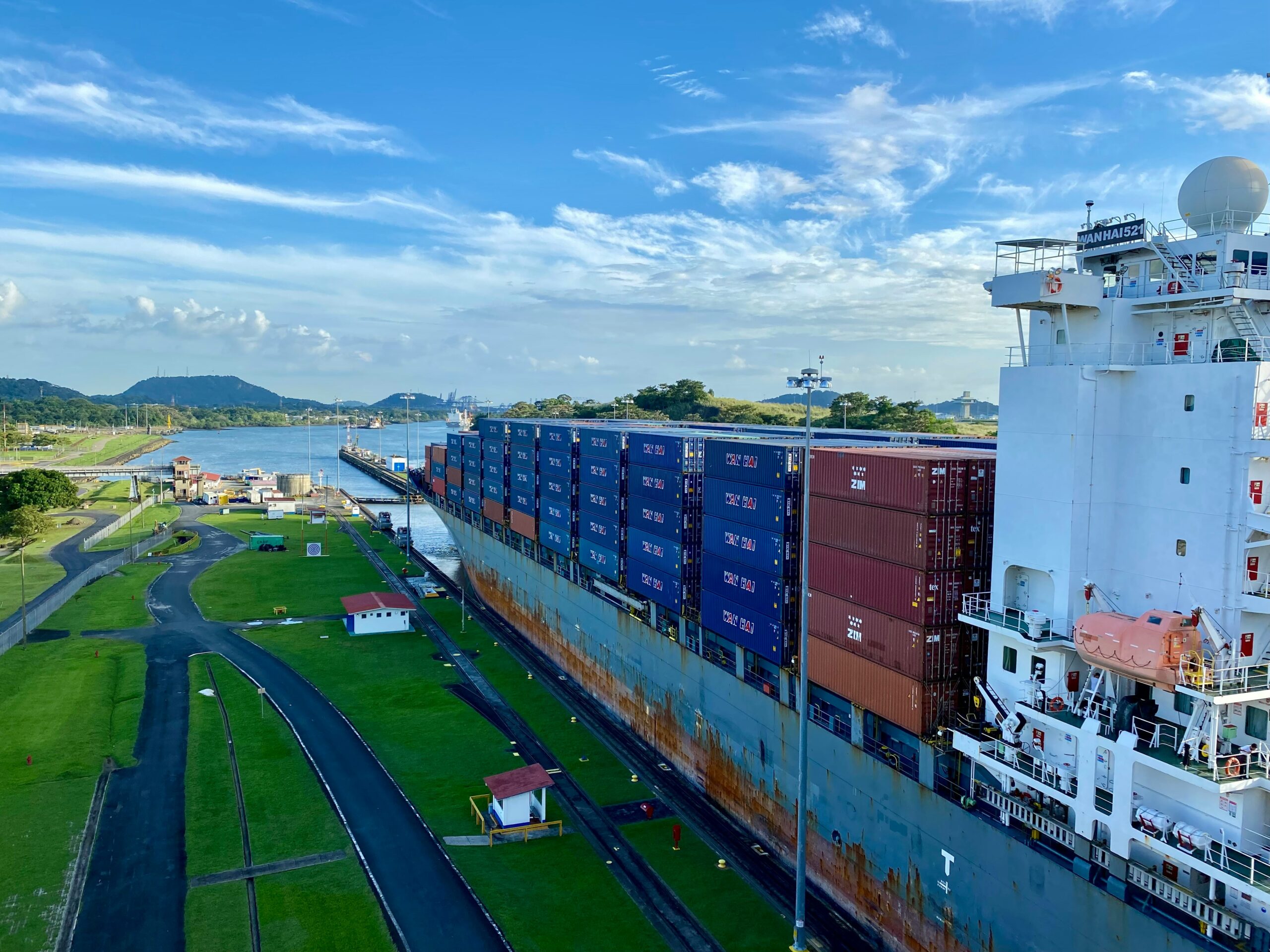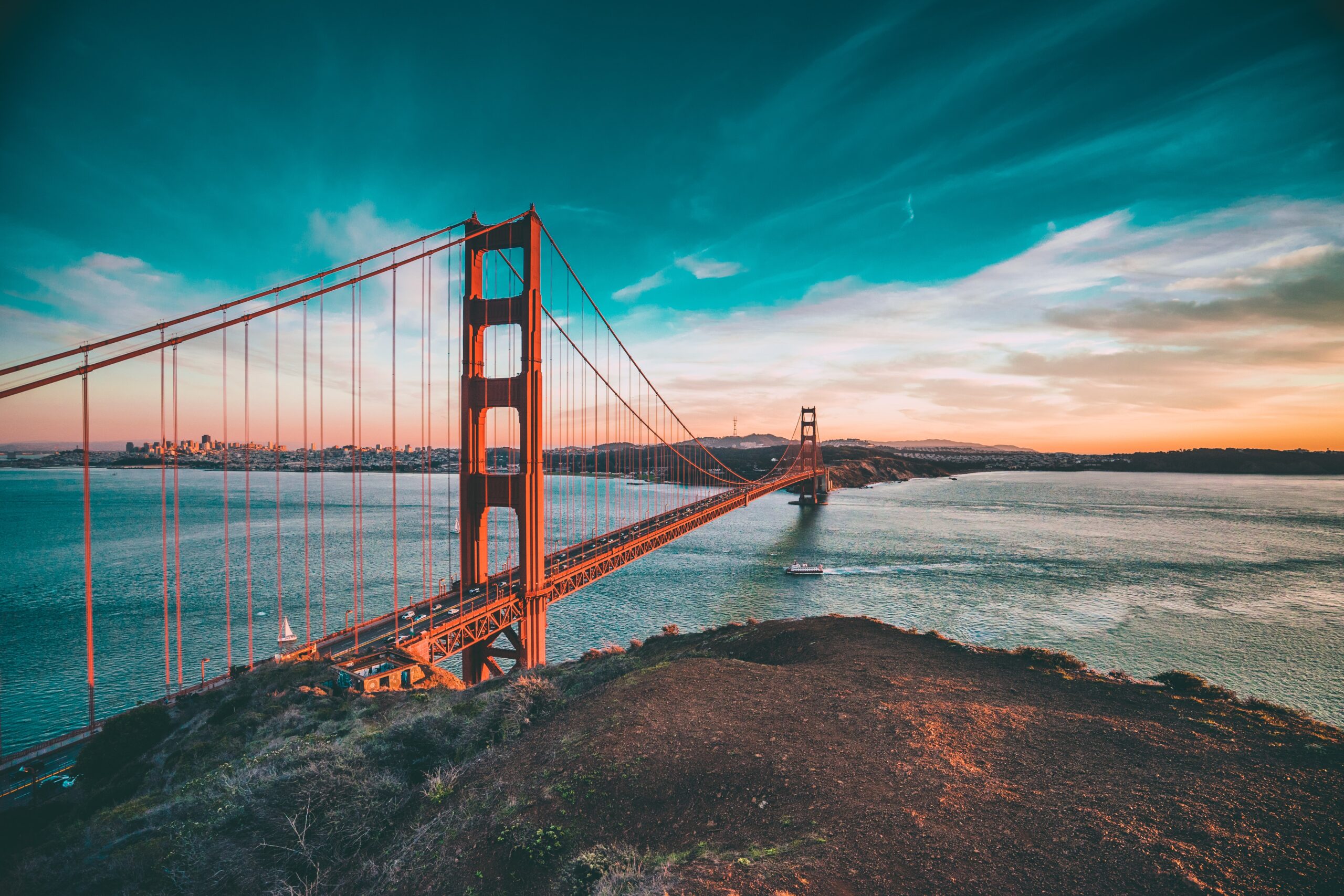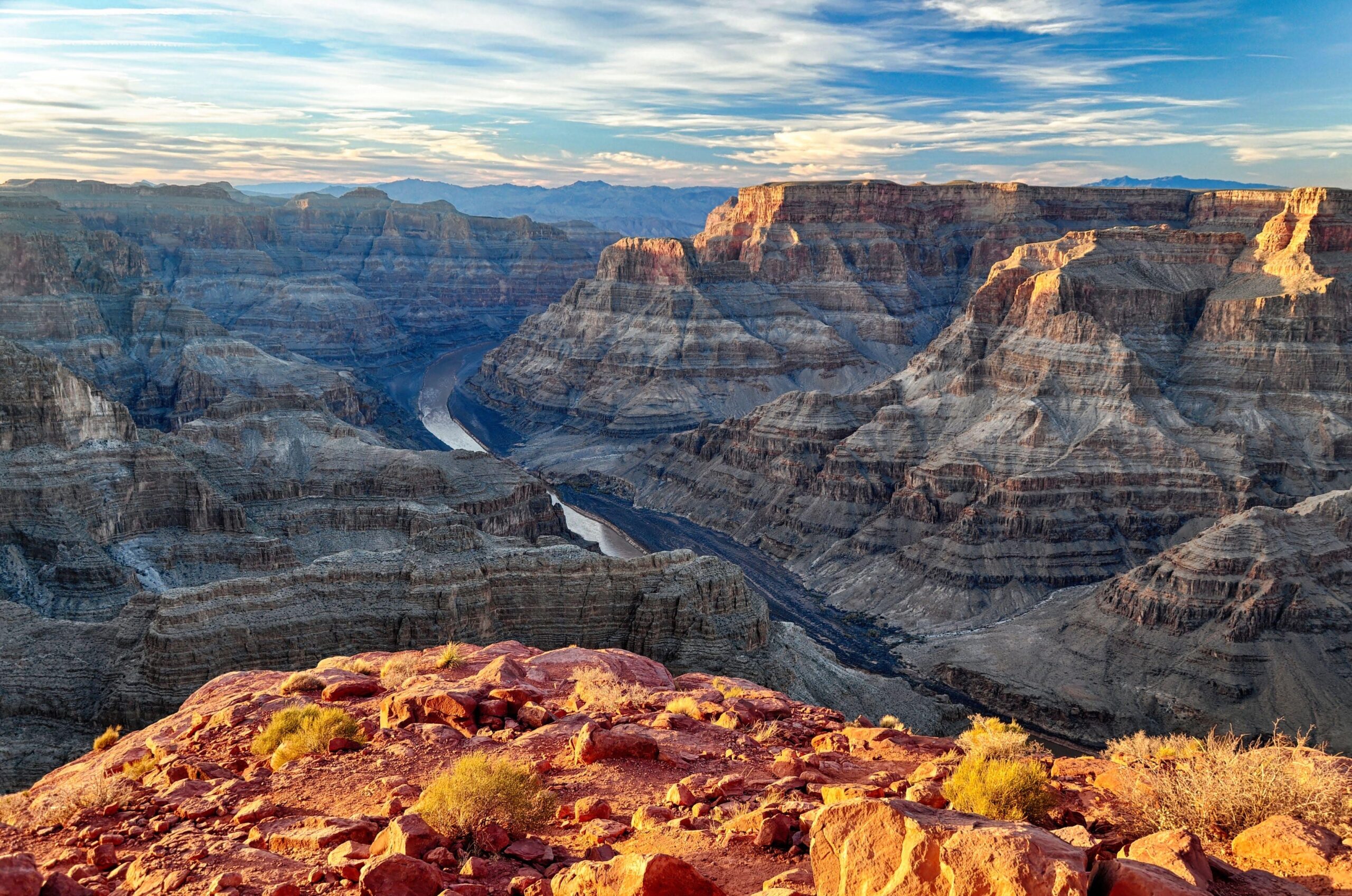How Long Is the Panama Canal? Discover Its Length and More!

The Panama Canal (Canal de Panamá), a testament to human ingenuity, stands as an artificial aquatic marvel, stretching across 82 kilometers (51 miles) in the heart of Panama. This ingeniously crafted waterway seamlessly links the vast expanse of the Atlantic Ocean to the tranquil waters of the Pacific Ocean, carving its path through the narrow Isthmus of Panama. Functioning as a vital conduit for maritime trade, the canal has become an indispensable route, fostering the flow of goods and vessels between two of the world’s major oceans. A symbol of engineering prowess, the Panama Canal continues to play a pivotal role in shaping global maritime connectivity.
- How Long Is the Panama Canal? Discover Its Length and More!
- What is the Panama Canal? Why was it built?
- Where is the Panama Canal?
- Who built the Panama Canal?
- Why did America give up the Panama Canal?
- Why did it take so long to complete the Panama Canal?
- How many ships go through the Panama Canal per day?
- How long does it take to pass the Panama Canal?
- How much does it cost to pass through the Panama Canal?
What is the Panama Canal? Why was it built?
Constructed in 1914, the Panama Canal revolutionized global maritime routes, providing a remarkably shorter and more efficient waterway that connected the Caribbean Sea in the Atlantic to the Pacific Ocean. Referred to as the “moonshot of its era” by author David McCullough, the canal boasted the Gatun Locks on one end and the Miraflores Locks on the other.
Situated at the narrowest point of the Western Hemisphere landmass, the Isthmus of Panama, this engineering marvel significantly decreased ship travel time from the Atlantic to the Pacific by approximately 5 months, and it curtailed travel distance by a substantial 8,000 miles. Notably, vessels were now able to bypass the perilous Southern Ocean at Cape Horn, enhancing both safety and efficiency.
Beyond its immediate geographical impact, the Panama Canal emerged as a pivotal driver of the world economy and international trade. The canal’s influence, both from a navigational and commercial standpoint, proved to be immeasurable then and endures to this day.
Where is the Panama Canal?
Situated approximately 620 miles north of the equator, the Panama Canal slices through the Isthmus of Panama, connecting the Caribbean Sea to the Pacific Ocean. Contrary to common perception, the canal’s geographical orientation is not strictly from east to west or vice versa. Instead, it spans from the north, starting at the Caribbean Sea, and extends to the south, reaching the Pacific Ocean.
Who built the Panama Canal?
The initial attempt to construct the canal was led by the French, but the project came to a standstill, largely due to the perilous nature of the work resulting in a high number of casualties among the workers. Assuming control on May 4, 1904, under the leadership of President Theodore Roosevelt, the United States took charge of the canal project. Just over nine years later, on October 10, 1913, at 2:00 pm Eastern Time, President Woodrow Wilson played a pivotal role. He pressed a button at 1600 Pennsylvania Avenue, initiating an electrical current that signaled the ignition of dynamite, causing the Gamboa Dike to implode.
This dike marked the approximate midpoint of the 50-mile-long passage designed to control the formidable Chagres River. It stood as the final terrestrial obstacle in the canal’s construction. The adjacent Culebra Cut, a section excavated through unimaginable toil and hardship, represented the last dry segment of the canal. Termed “Hell’s Gorge” by the canal workers, the cut was flooded amidst cheers and jubilation from onlookers along the waterway’s flanks on that historic October day, 109 years ago.
With the implosion of the Gamboa Dike, the Atlantic and Pacific Oceans were effectively joined. The culmination of these efforts resulted in the completion and official opening of the Panama Canal on August 15, 1914.
Why did America give up the Panama Canal?
The Torrijos-Carter Treaties of 1977 marked the phased handover of the Panama Canal’s control from the United States to Panama, a transition that culminated in 1999. Regarded as a crucial measure in addressing historical imbalances, this transfer of authority was envisioned as a pivotal step towards fostering harmonious international relations.
Why did it take so long to complete the Panama Canal?
Under the leadership of Ferdinand de Lesseps, the mastermind behind the construction of the Suez Canal in Egypt, the French commenced excavation in 1880. However, the de Lesseps campaign faced formidable challenges in the form of malaria, yellow fever, and various other tropical diseases. Despite nine years of strenuous efforts and the tragic loss of around 20,000 lives, the French endeavor ultimately succumbed to bankruptcy.
How many ships go through the Panama Canal per day?
As of July 30, 2023, modifications were made to the daily transit capacity of the Panama Canal, now averaging 32 vessels per day. This distribution includes 10 vessels utilizing the newer Neopanamax locks designed for larger ships, and 22 vessels accommodated by the older Panamax locks. Prior to the implementation of water conservation measures, the daily transits ranged from 34 to 36 vessels.
How long does it take to pass the Panama Canal?
On an average journey through the Panama Canal, traversing from one ocean to the other typically takes approximately 8-10 hours. However, on a Lindblad Expeditions-National Geographic voyage, we choose to savor the experience, making deliberate stops to explore the remarkable biodiversity along the canal while appreciating the marvel of its technological infrastructure.
As for the ideal time to embark on a Panama Canal cruise, while the experience is fantastic year-round, the dry season spanning from early to mid-December through mid-April stands out as the optimal period to visit Panama in general. During this season, a dry crossing is more likely, although it’s essential to note that the canal, cutting through a tropical forest in a tropical region, can experience showers at any time of day and throughout the year.




